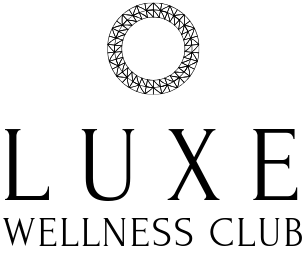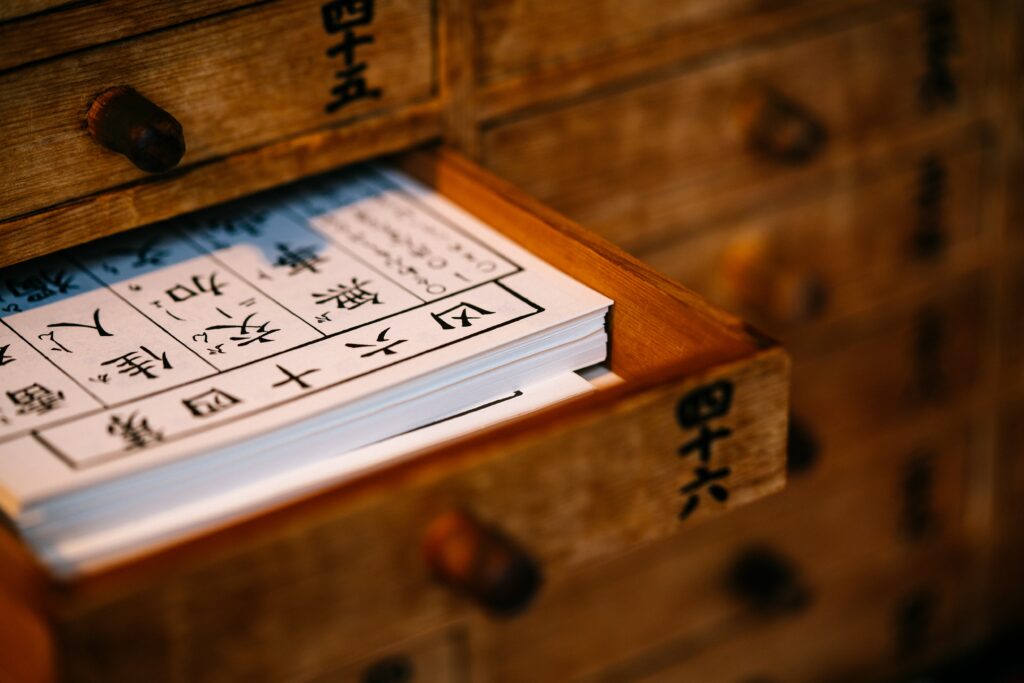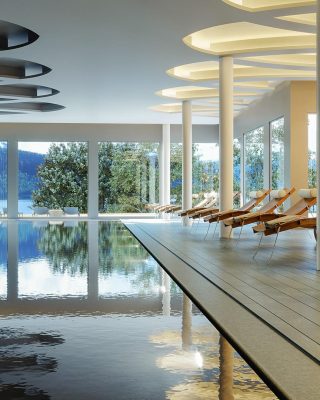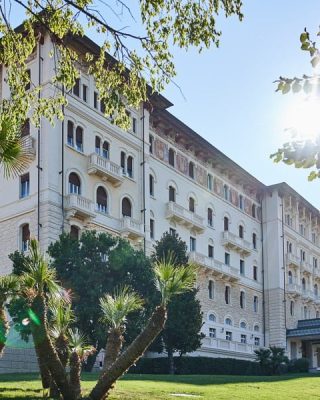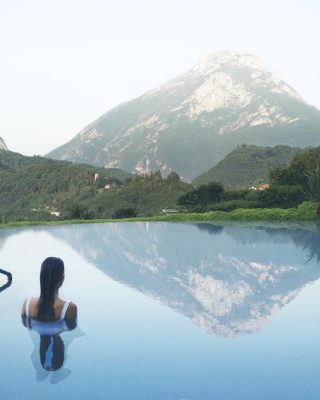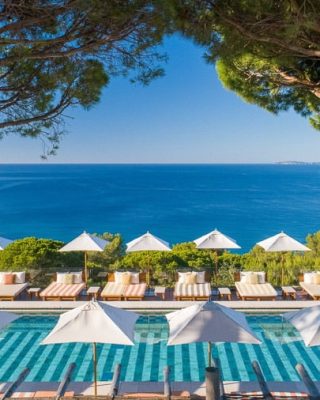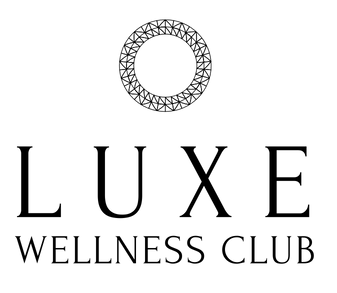As Chinese medicine becomes more and more entrenched in Western society, it is gaining a large following. Yet for most of us, it remains a mystery. Here’s our little guide to help you better understand what Chinese medicine is, and why so many of the establishments selected by Luxe Wellness Club now use it as a core component of their health programs.
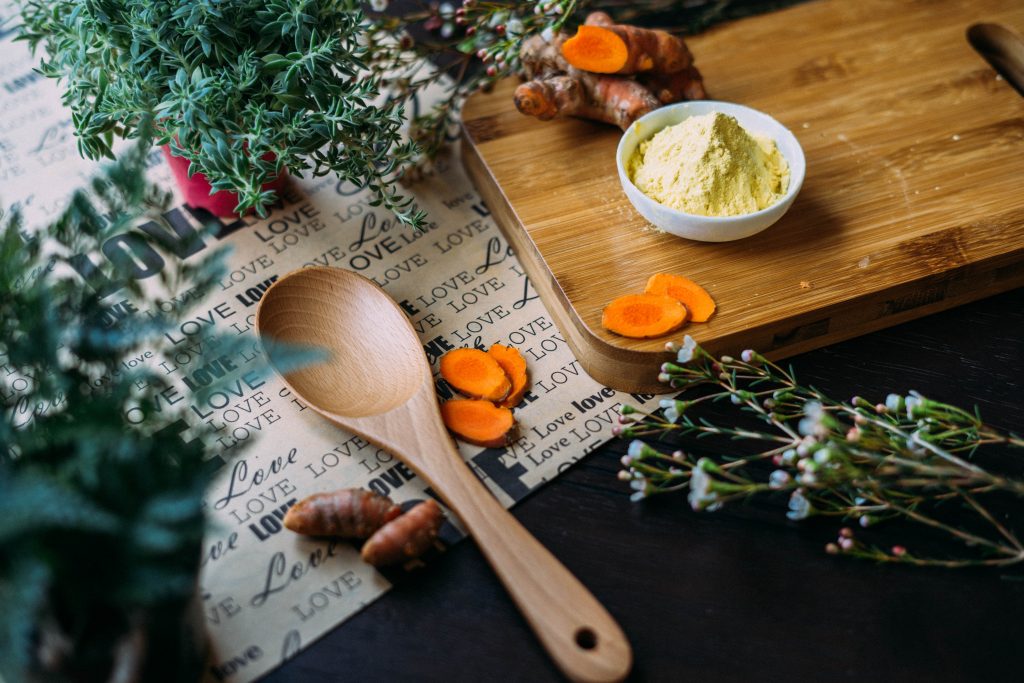
By the way, what exactly is Chinese medicine?
The founding text of Chinese medicine is Huangdi Neijing, written some 2500 years ago. Very different from Western medicine, it took a long time for it to be recognized by the WHO in 2002! The term “traditional Chinese medicine” used to be much more widely used than it is today. We now speak more of “Chinese medicine”.
If we had to sum up Chinese medicine in one word, harmony would certainly be the most appropriate. The principle of this holistic medicine is rooted in the Whole, meaning that everything is interconnected. Heart, body and mind are one. In this set of ancestral practices and theories, the focus is on the relationships between the elements (notably through the flow of energy), rather than on the symptoms per se, as in modern medicine. It is sometimes said that this stems from the fact that Chinese medicine came into being by observing the living and not by examining the dead…
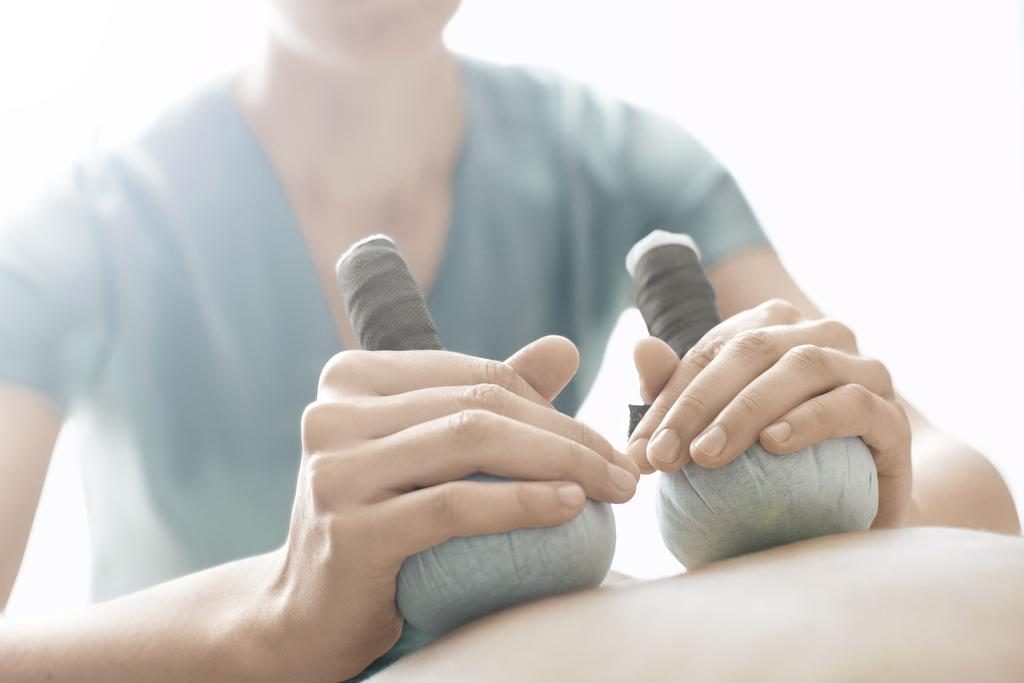
Chinese medicine is a philosophy of life, with the intention of taking care of oneself, in every aspect. It’s all about preventing potential illnesses and living as well as possible. By rebalancing energies, stress is reduced and we are stronger in the face of the environment. Of course, it’s not just a question of prevention, but also of cure. Chinese medicine can be used to treat all kinds of ailments, but one condition is necessary: a desire to feel better. Remember, everything is interconnected.
The principles of Chinese medicine
The five vital substances
According to Chinese medicine, human beings are made up of five vital substances.
First of all, the human being is composed of Blood (the nourishing liquid), other Liquids such as saliva, sweat, tears, etc., and a Spirit to be able to create and organize. Every human is also made up of an original genetic heritage, which is fortified or modified by the environment and living conditions. We call this heritage “Essences”. And finally, Qi (pronounced “tchi”) is vital energy. It is a force that enables many things in the body, such as the circulation of electrons in atoms or the movement of wind. In the human body, it circulates through meridians (like a network of energy pathways). If it doesn’t circulate properly, we’ll feel that “we need energy”. That says it all…
To complete these substances, each being is composed of five organs and viscera.
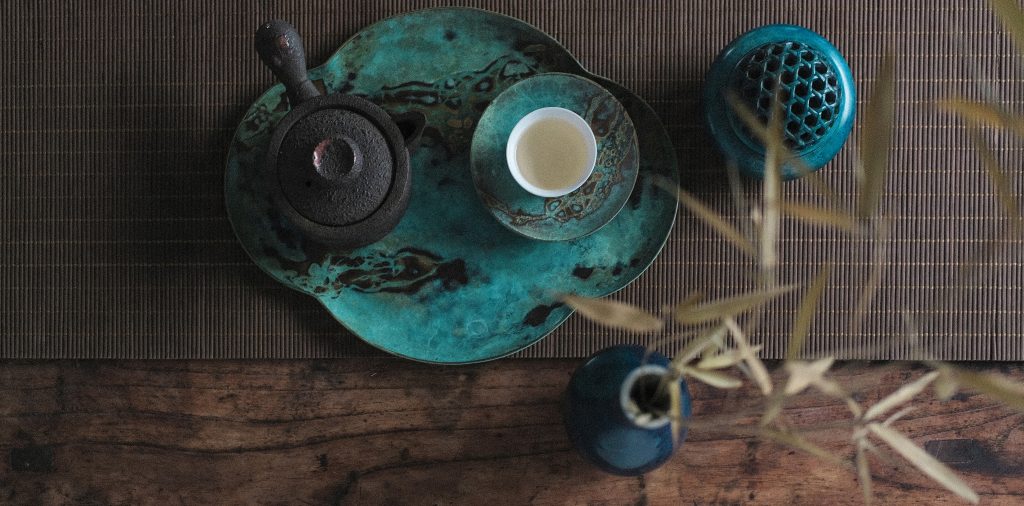
Yin and Yang
The theory of Yin and Yang is found not only in the human body, but also in physiology and nature. The idea is that balance is not static, but in motion. This is made possible by two independent opposing forces: Yin (passive forces) and Yang (dynamic forces). For example, rain is Yin, sun is Yang. And they follow each other in turn, making balance possible.
For human beings, the principle is the same, and if the relationship between Yin and Yang is not harmonious, symptoms linked to the force taking over will appear.
The five movements
Things are getting complicated… Chinese medicine does not stop at the successive Yin-Yang movement, but also speaks of phases, also called movements. These movements refer to the elements of Metal, Wood, Earth, Fire and Water. As we move from Yin to Yang, different phases, linked to these elements, follow one another: birth and awakening (wood), maturity (fire), ripening (earth), aging (metal), and finally death (water). After this last stage, Yin is encountered again, and the same process is repeated again and again.
The five branches of Chinese medicine
Massage
Therapeutic massage is one of the five fundamental branches of Chinese medicine, known as Tui Na. Its name already evokes a lot: Tui means “to push” and Na, “to grasp”. In particular, it consists of two manipulations designed to harmonize the vital energy Qi. Relatively dynamic, the techniques used are manual (and can be performed using the wrists, elbows or even the knees, depending on the blockages).
Acupuncture
When we think of Chinese medicine, we often think first of acupuncture. It is, in fact, a fundamental pillar of this holistic medicine for balancing all Qi functions.
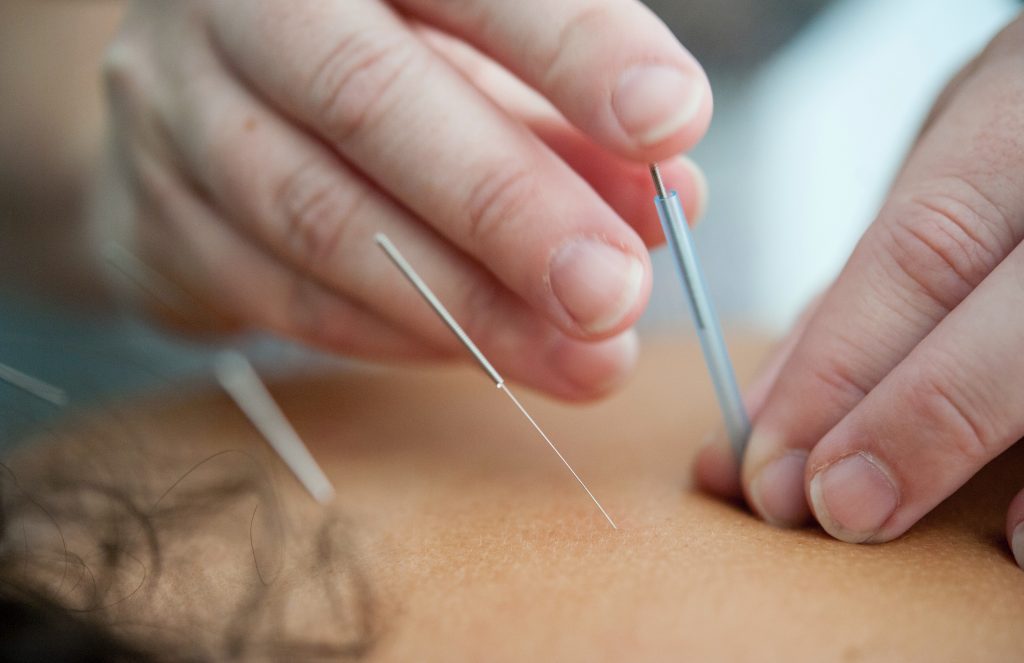
It involves positioning needles on specific points on the body, along the meridians (where energy flows). Each point has its own specific properties.
Dietetics
The Yin-Yang relationship can also be found in dietetics. Yin and yang foods are differentiated according to their effects on the body. Yin foods, such as cucumber and kiwi, keep the body in shape and refresh it. Yang foods stimulate vital functions and warm the heart (coffee, peaches, etc.). Note, however, that some foods are considered “neutral”, such as pineapple and green beans.
The plants
Plants are also used to balance vital energy. Most often, an infusion of a mixture of several plants is drunk, but they can also be used for massages.
Chinese herbal medicine uses various parts of plants, depending on the desired effect (leaves, roots, seeds, flowers and bark). The different plant parts and the way they are prepared influence the intensity of the active ingredients. The therapeutic effects depend on various factors, such as the plant’s color, flavor, texture and so on.
Energy practices
Qi Gong and Tai Chi are considered by some to be the fifth branch of Chinese medicine, while others see them only as parallel practices.
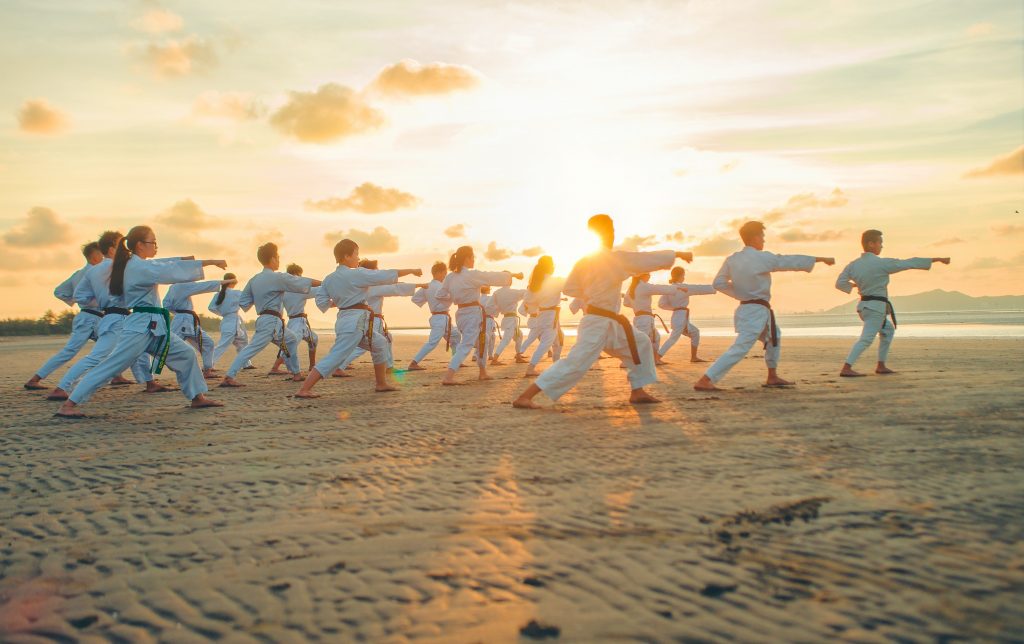
In all cases, these exercises encourage the circulation of energy in the meridians. These exercises are a combination of body postures, stretching and breathing techniques. There’s no question of going faster than the music; on the contrary, the idea is to develop concentration through long, slow movements. Even today, millions of Chinese gather in parks to practice Qi Gong in the morning. It’s highly recommended for people with high blood pressure, insomnia, diabetes or cardiovascular disease.
Our favorite hotels offering treatments inspired by Chinese medicine include Lefay Resort Lago di Garda, SHA Wellness Clinic and Chenot Palace Weggis,
Book
Take advantage of our expertise in wellness breaks and contact us for a personalized quote for a special Chinese medicine break.
Call us on + 33 1 85 73 22 14 or on +41 22 501 75 16
